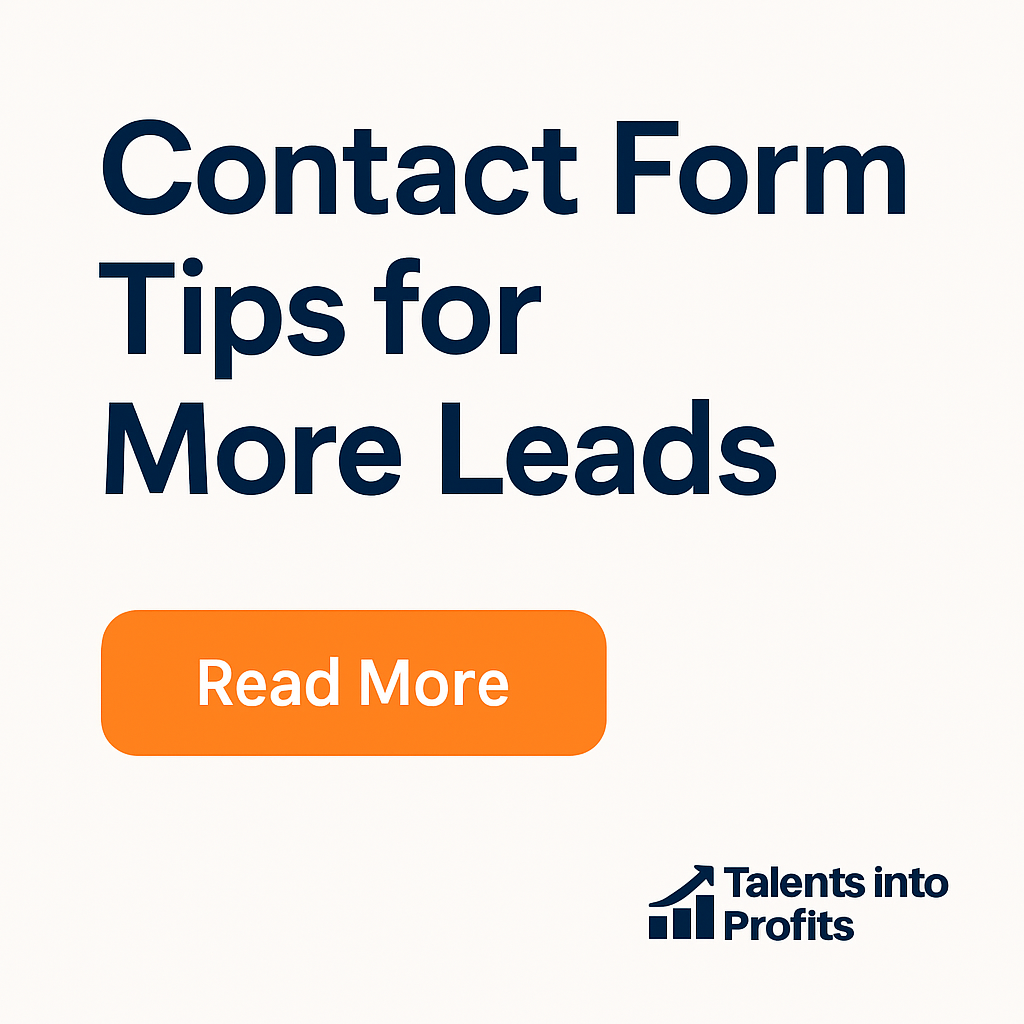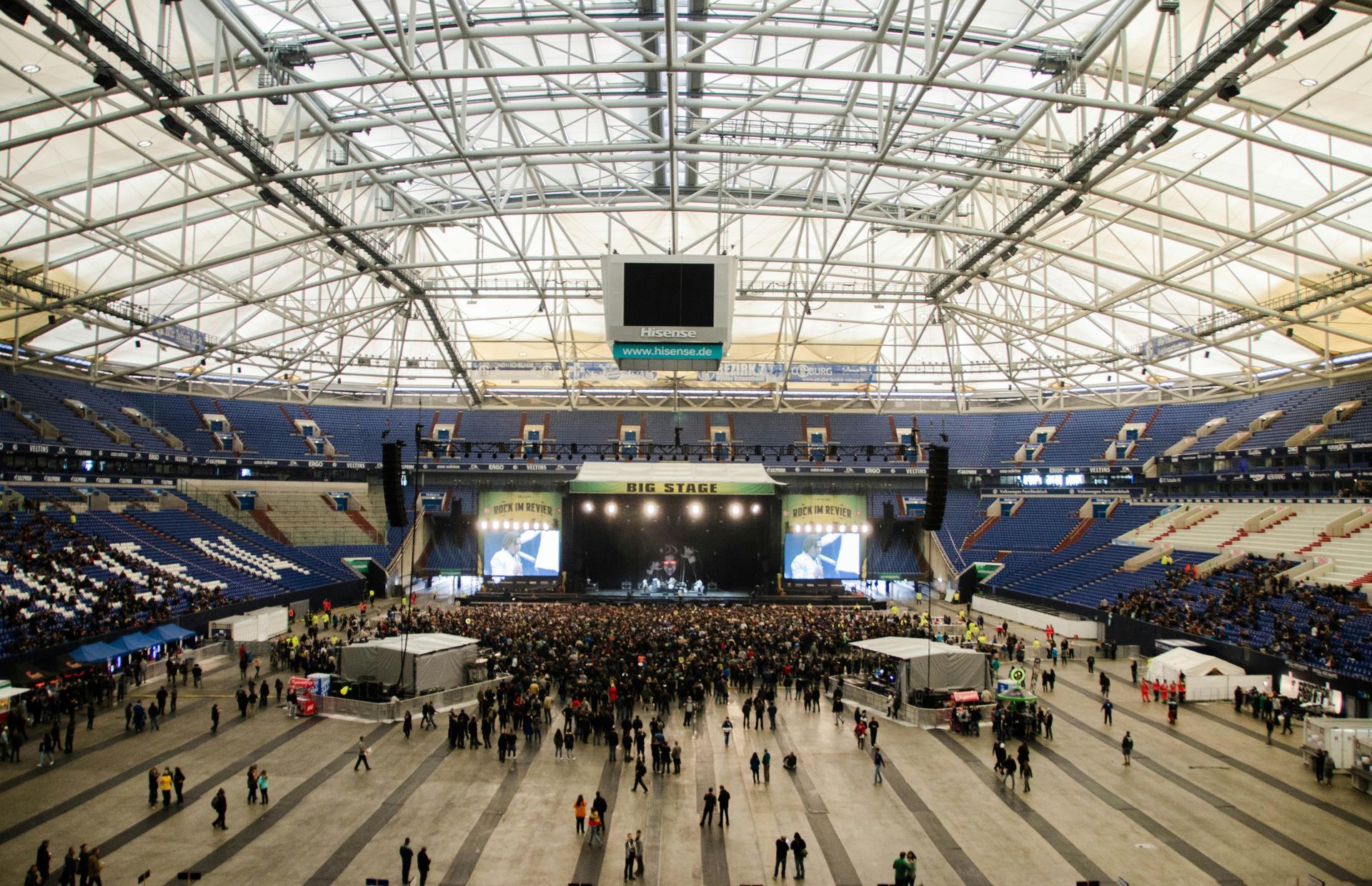Hiding Website Pages vs De-Indexing Them
Knowing when to hide or de-index a website page can make or break your online presence. Whether you’re running ads, managing forms, or simply fine-tuning your SEO strategy, understanding the difference between hiding a page and de-indexing a page from search engines is key. At Talents Into Profits, we help home service companies and local businesses navigate these decisions with ease. So, let’s dive into the details!
What Does It Mean to Hide a Website Page?
Hiding a website page means making it invisible or inaccessible to certain users without necessarily removing it from your site. This technique is commonly used for landing pages, thank-you pages, and legal information like privacy policies or terms of use. The page still exists but won’t be visible in certain contexts—such as when browsing your site’s navigation.
For example, you might want to hide a landing page for an ad campaign by removing the top navigation. This keeps visitors focused on the call-to-action without the distraction of clicking elsewhere. It’s a great way to ensure your ad spend translates into conversions, rather than casual browsing.
When Should You Hide a Page?
- Ad landing pages: Remove navigation to keep visitors focused on the offer.
- Thank-you pages: Ensure customers are led here after form submissions without making it a general part of your website.
- Privacy and Terms pages: Keep these visible when needed but hidden from regular site navigation for a cleaner user experience.
Hiding a page keeps your website tidy while ensuring users still interact with critical content when needed.
Watch how we do it in our client websites and our own in seconds!
What Is De-indexing a Page?
De-indexing a page is a completely different strategy that tells search engines like Google to remove a page from their index, meaning it won’t show up in search results. This technique is crucial for pages that either:
- Are no longer relevant.
- Contain duplicate content.
- Serve specific functions but aren’t meant for public consumption.
Unlike hiding a page, de-indexing ensures that search engines won’t even know the page exists—effectively making it invisible to anyone searching the web.
Why Would You De-index a Page?
- To avoid duplicate content penalties: If your site has multiple pages with similar content, de-indexing the less important ones can help preserve your SEO rankings.
- To clean up old, irrelevant content: Sometimes, you need to remove outdated or irrelevant pages that no longer serve your business. De-indexing prevents search engines from showcasing these pages.
- To keep certain information private: Internal documents, temporary promotions, or campaign pages that aren’t meant to be public should be de-indexed.
By de-indexing, you’re controlling which pages are searchable, giving you better control over your site’s online presence.
Here's how we do it for our website and our client's websites in seconds!
Hiding Paid Ads Pages
When running an ad campaign, it’s essential to keep visitors focused. One way to do this is by hiding the top navigation on your landing pages. This means that visitors who click on your ad won’t be tempted to explore the rest of your site—they’re there for one reason: to take action.
By removing distractions like the header and footer, you’re essentially guiding them toward conversion—whether that’s signing up for a service, booking an appointment, or purchasing a product.
At Talents Into Profits, we believe in maximizing your ad budget by ensuring that every click counts. Hiding your landing pages from general navigation while keeping them live for ads is an excellent strategy for boosting conversions.
Hiding a Thank-you Page After Form Submissions
Another common practice is hiding your thank-you pages after a user fills out a form. This ensures that customers are led to a specific page, acknowledging their submission, without these pages being discoverable via search engines or regular site navigation.
Thank-you pages are vital for keeping the user experience smooth, confirming that their submission was received. However, you don’t want these pages cluttering up your site or showing up in search results.
Example Use Cases:
- Lead generation forms for home service businesses.
- Contact forms for inquiries about local services.
- Subscription confirmations for newsletters or marketing materials.
By hiding these pages from general navigation, you’re ensuring a clean user journey while maintaining control over your site's layout.
Here's how we hide thank you pages and paid ads pages in seconds.
Hiding a Privacy Page
Every website needs a privacy page, but let’s be honest—it doesn’t need to be front and center. Instead, you can hide your privacy page from the main navigation while still making it accessible via a footer link or when needed for legal reasons.
By hiding this page from navigation, you’re giving users access when they need it, but you’re not bogging down your site's layout with unnecessary links. Privacy pages aren’t designed to drive traffic, so hiding them won’t hurt your SEO or user engagement.
Hiding Terms of Use Page
Similarly, your terms of use page is essential for legal purposes but doesn’t need to be visible in your top-level menu. Like the privacy page, you can link it in the footer or other relevant locations to meet legal requirements, while keeping it hidden from regular browsing.
Benefits of Hiding Terms of Use:
- Keeps your website navigation cleaner and more user-friendly.
- Reduces unnecessary clutter.
- Ensures compliance with legal standards without affecting SEO or user experience.
Conclusion: Hide or De-index—Which Is Right for Your Business?
In summary, hiding a page is all about improving the user experience on your website, keeping essential pages accessible but out of sight in everyday browsing. Whether it’s a landing page, thank-you page, privacy policy, or terms of use, hiding these pages keeps your site streamlined and efficient.
On the other hand, de-indexing a page is a more technical approach for keeping unwanted or irrelevant pages out of search results. If you have duplicate content, outdated information, or pages you don’t want the public to see, de-indexing is the way to go.
Both strategies can improve your website’s overall performance, boost SEO, and make your business more visible to the right audience. If this all feels like a lot to handle, don’t worry—Talents Into Profits is here to help. Contact us today for a free consultation, and we’ll create a custom strategy to optimize your website and grow your business.
Need Help with your Marketing?
We promise there are no hard sells, just facts, and see if we're a good fit for future growth moving forward.

